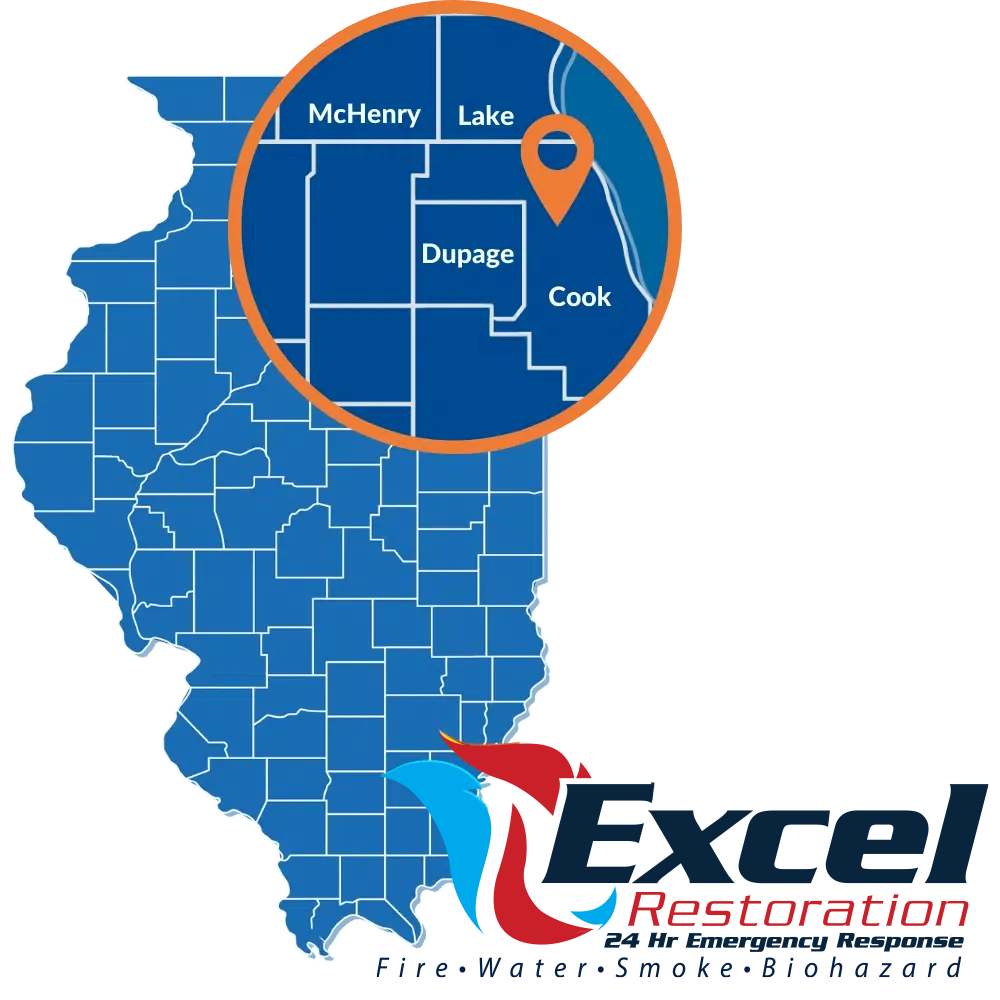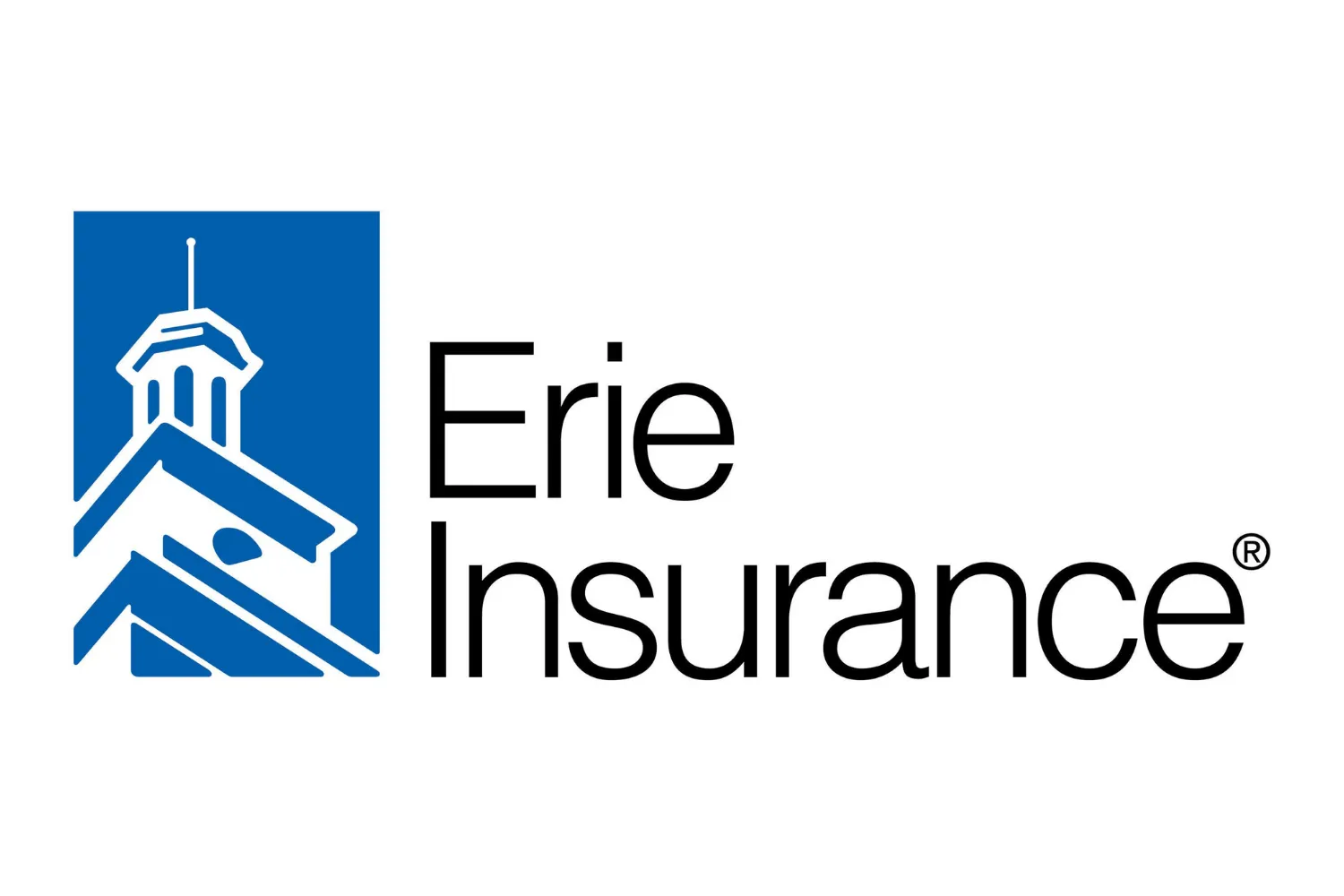Experiencing a flood can be a devastating event, leaving homeowners and property owners with the daunting task of clearing water and restoring their premises. But how exactly do you go about clearing water after a flood? What steps should be taken to ensure a successful post-flood recovery? In this article, we will guide you through the process of clearing water after a flood, providing valuable insights and practical tips for effective water damage restoration.
- Clearing water after a flood is a crucial step in post-flood recovery.
- Understanding the necessary steps and precautions is essential for a successful restoration.
- Documentation and protective measures help with insurance claims and ensure safety.
- Debris removal and damage control are important to prevent further damage.
- Thorough cleaning, sanitizing, and drying are crucial for mold prevention.
Initial Assessment and Ensuring Safety
The first step in clearing water after a flood is conducting an initial assessment of the damage and ensuring safety. Before beginning any cleaning or restoration work, it is crucial to thoroughly assess the affected area to understand the extent of the flood damage.
To assess the damage, carefully inspect the property, both indoors and outdoors, looking for signs of water intrusion, structural damage, and potential hazards. Pay close attention to areas where water may have seeped, such as basements, crawl spaces, and wall cavities. Look for visible signs of water damage, such as water stains, discoloration, and mold growth.
During the assessment, it is essential to prioritize safety. Wear personal protective equipment, including gloves, safety goggles, and masks, to protect against potential health hazards. Avoid direct contact with floodwater and be cautious of electrical hazards. If necessary, shut off all gas and electricity to ensure your safety during the assessment process.
Once you have thoroughly assessed the damage and taken safety precautions, you can proceed with the necessary steps to clear water after a flood and begin the restoration process. By conducting an initial assessment and ensuring safety, you lay the foundation for a successful post-flood recovery.
Documentation and Protective Measures
Documenting the flood damage and taking protective measures are crucial aspects of the post-flood recovery process. It is essential to have proper documentation of the damage for insurance claims and future reference. Additionally, implementing protective measures during the cleanup process ensures the safety of everyone involved.
To document the flood damage, it is advised to take detailed notes and photographs of the affected areas. This documentation will serve as evidence for insurance purposes and aid in estimating the extent of the damage. Capture images of structural damage, damaged belongings, and any other visible signs of the flood.
When documenting, remember to include relevant information such as the date and time the flood occurred, the water levels, and any circumstances surrounding the flood’s cause. Organize the documentation in a logical and easily accessible manner, using digital formats or physical copies, depending on personal preference.
In addition to documentation, it is essential to prioritize protective measures during the cleanup process. Always wear appropriate personal protective equipment (PPE) such as waterproof gloves and safety masks to prevent exposure to contaminants and potential health hazards. Ensure that the PPE fits correctly and is in good condition.
Debris and Damage Control
After a flood, dealing with debris and controlling further damage is a critical step in clearing the water. This section will cover various aspects of debris removal, including how to remove standing water, shovel out mud, and clean walls and floors. It will also provide guidance on removing damaged materials and salvaging items that are still in good condition.
The first task in debris control is removing standing water. This can be done using pumps, wet vacuums, or buckets. Ensure proper safety precautions and protective gear are in place before attempting to remove water.
Next, shovel out any mud or silt that may have accumulated in the affected areas. This can be a labor-intensive process, so take breaks as needed and dispose of the debris appropriately.
Cleaning walls and floors is essential to prevent further damage and ensure a safe environment. Use a mild detergent mixed with water to scrub the surfaces, and rinse thoroughly.
It is important to remove any damaged materials, such as soaked carpets or drywall. These items can harbor mold and further contribute to the damage. Dispose of them according to local regulations and guidelines.
While removing damaged materials, take the opportunity to salvage any items that are still in good condition. Clean and dry these items thoroughly before returning them to the affected area.
Cleaning and Sanitizing
Once the debris has been removed, the next crucial step in the post-flood cleanup process is thorough cleaning and sanitizing of the affected areas. Proper cleaning not only removes dirt, but also helps eliminate harmful bacteria and prevents mold growth. Follow these detailed instructions to ensure effective cleaning and sanitizing:
- Clean hard surfaces: Start by scrubbing hard surfaces, such as floors, walls, and furniture, with a mild detergent or specialized cleaning solution. Use a scrub brush or sponge to remove any visible dirt or stains. Rinse thoroughly with clean water and allow surfaces to dry completely.
- Sanitize with disinfectant: After cleaning, it is important to sanitize the area to eliminate any remaining bacteria. Use an EPA-approved disinfectant and follow the instructions on the label for proper application. Pay extra attention to frequently touched surfaces, such as doorknobs, countertops, and light switches.
- Address carpets and textiles: For carpets and textiles that have been affected by flooding, it is recommended to hire a professional cleaning service. They have the expertise and equipment to deep clean and sanitize these items effectively. If possible, remove and discard heavily damaged carpets and textiles to prevent mold growth.
Proper cleaning and sanitizing not only remove dirt and bacteria, but also help prevent mold growth, which can pose serious health risks. It is essential to take these steps as part of the overall flood cleanup process to ensure the safety and well-being of your restored environment.
Drying Out and Monitoring for Mold
Proper drying is essential after clearing water from a flood to prevent mold growth and further damage. Thoroughly drying the affected areas is crucial to eliminate excess moisture and create an environment hostile to mold development. Here are some effective drying methods to follow:
- Air Circulation: Open all windows and doors to promote air circulation. Use fans and dehumidifiers to expedite the drying process.
- Remove Wet Materials: Remove any wet carpets, furniture, and other porous materials as they can trap moisture and contribute to mold growth. Dispose of damaged items properly.
- Drywall Inspection: Inspect drywall and other building materials for signs of moisture or damage. Cut out any sections that are visibly wet or show signs of mold growth to prevent further spread.
- Heat Source: Use heaters or indirect heat sources to increase the temperature in the affected areas. Warmer air can hold more moisture and facilitate drying.
- Moisture Measurement: Regularly monitor moisture levels using a moisture meter or hygrometer. Ensure that moisture levels are consistently decreasing over time.
While drying out the affected areas, it is crucial to monitor for mold growth. Mold can start colonizing within 24-48 hours of water damage, so ongoing monitoring is necessary. Look for visible signs of mold, such as discoloration or musty odors. If mold is detected, take immediate action to address it. Consult with a professional mold remediation specialist to ensure proper remediation and safe removal.
Conclusion
In conclusion, effectively clearing water after a flood is crucial for a successful recovery from water damage. By following the recommended steps outlined in this article, individuals can mitigate further damage and restore their property. The initial assessment and safety precautions, documentation and protective measures, debris and damage control, cleaning and sanitizing, drying out, and monitoring for mold are all essential aspects of post-flood cleanup and restoration.
It is important to take immediate action after a flood to prevent mold growth and minimize the impact of water damage. Seeking professional assistance, if needed, can also ensure that the restoration process is carried out with expertise and efficiency. By prioritizing post-flood cleanup and restoration efforts, homeowners and property owners can regain a safe and habitable environment once again.
Remember, flood recovery and water damage restoration requires careful attention to detail and adherence to safety protocols. By following the guidelines discussed in this article, individuals can navigate the challenges of post-flood cleanup with confidence. Take control of the situation, and with the right approach, you can restore your property to its pre-flood condition and regain peace of mind.
FAQ
How do you clear water after a flood?
To clear water after a flood, you need to conduct an initial assessment of the damage and ensure safety. Document and take protective measures. Remove debris and control further damage. Thoroughly clean and sanitize the affected areas. Properly dry out the space and monitor for mold growth.
Why is an initial assessment important?
An initial assessment is important to understand the extent of damage caused by the flood. It helps in planning the cleanup process and identifies any safety hazards that need to be addressed before proceeding with the clearing of water.
What protective measures should I take during the cleanup?
During the cleanup process, it is essential to wear protective gear such as waterproof gloves and safety masks. This helps reduce the risk of exposure to harmful substances and ensures personal safety.
How can I remove standing water and clean mud after a flood?
To remove standing water, you can use pumps, wet vacuums, or buckets to manually drain the water. Shovel out mud using a sturdy shovel or scooping tools. Clean walls and floors using appropriate cleaning agents and disinfectants.
What should I do with damaged materials after a flood?
After a flood, it is important to remove damaged materials to prevent further deterioration and mold growth. Dispose of unsalvageable items properly following local regulations. Salvage any items that are still in good condition by cleaning and disinfecting them.
How do I clean and sanitize the affected areas?
Cleaning and sanitizing the affected areas involve using appropriate cleaning products and disinfectants. Clean hard surfaces using soap and water, then disinfect with a bleach solution. For carpets and textiles, professional cleaning or steam cleaning may be necessary.
Why is proper drying important after clearing water from a flood?
Proper drying is crucial to prevent mold growth and further damage. Moisture can seep into building materials and cause long-term problems if not adequately dried. It is important to use dehumidifiers, fans, and proper ventilation to ensure thorough drying of the affected areas.
How do I monitor for mold after a flood?
Monitoring for mold after a flood involves regularly inspecting the affected areas for signs of mold growth, such as musty odors, discoloration, or visible mold. It is also important to maintain proper humidity levels and address any moisture issues promptly to prevent mold development.

















